Zhiyong Yuan
Self-supervised Contrastive Learning for EEG-based Sleep Staging
Sep 16, 2021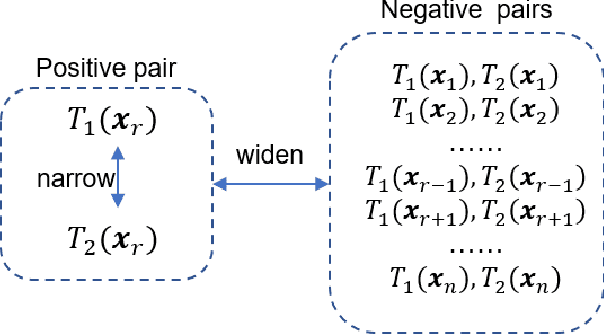
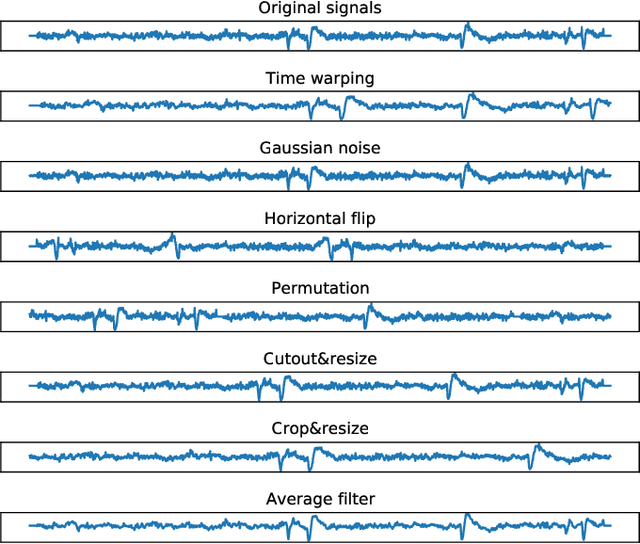
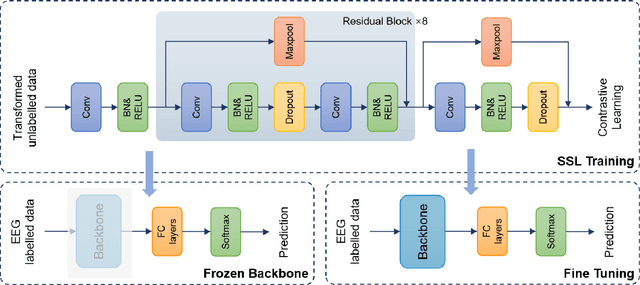
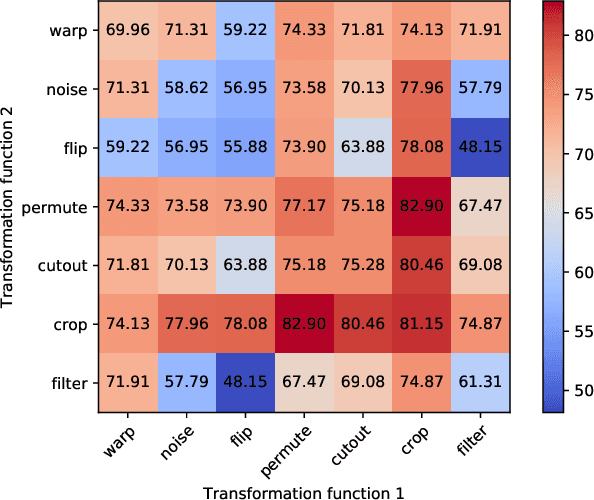
Abstract:EEG signals are usually simple to obtain but expensive to label. Although supervised learning has been widely used in the field of EEG signal analysis, its generalization performance is limited by the amount of annotated data. Self-supervised learning (SSL), as a popular learning paradigm in computer vision (CV) and natural language processing (NLP), can employ unlabeled data to make up for the data shortage of supervised learning. In this paper, we propose a self-supervised contrastive learning method of EEG signals for sleep stage classification. During the training process, we set up a pretext task for the network in order to match the right transformation pairs generated from EEG signals. In this way, the network improves the representation ability by learning the general features of EEG signals. The robustness of the network also gets improved in dealing with diverse data, that is, extracting constant features from changing data. In detail, the network's performance depends on the choice of transformations and the amount of unlabeled data used in the training process of self-supervised learning. Empirical evaluations on the Sleep-edf dataset demonstrate the competitive performance of our method on sleep staging (88.16% accuracy and 81.96% F1 score) and verify the effectiveness of SSL strategy for EEG signal analysis in limited labeled data regimes. All codes are provided publicly online.
Label-less Learning for Traffic Control in an Edge Network
Aug 29, 2018
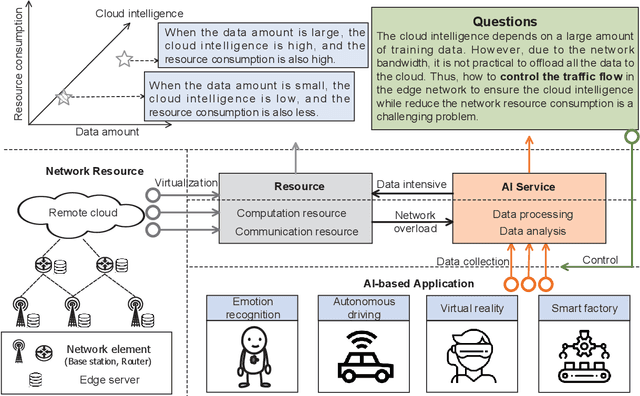
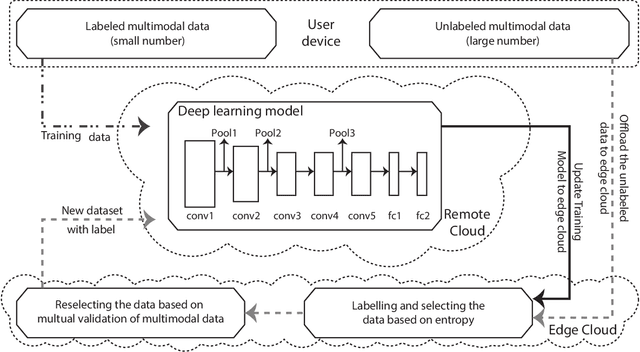
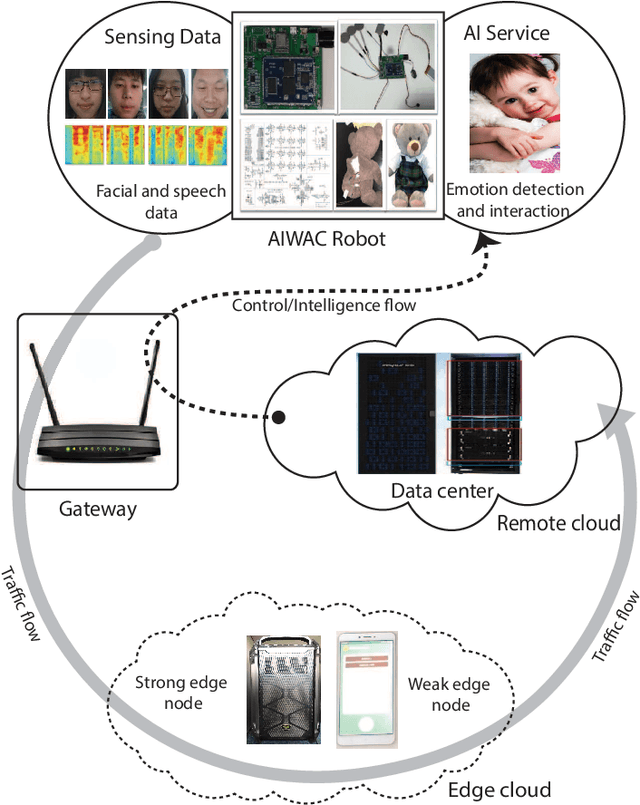
Abstract:With the development of intelligent applications (e.g., self-driving, real-time emotion recognition, etc), there are higher requirements for the cloud intelligence. However, cloud intelligence depends on the multi-modal data collected by user equipments (UEs). Due to the limited capacity of network bandwidth, offloading all data generated from the UEs to the remote cloud is impractical. Thus, in this article, we consider the challenging issue of achieving a certain level of cloud intelligence while reducing network traffic. In order to solve this problem, we design a traffic control algorithm based on label-less learning on the edge cloud, which is dubbed as LLTC. By the use of the limited computing and storage resources at edge cloud, LLTC evaluates the value of data, which will be offloaded. Specifically, we first give a statement of the problem and the system architecture. Then, we design the LLTC algorithm in detail. Finally, we set up the system testbed. Experimental results show that the proposed LLTC can guarantee the required cloud intelligence while minimizing the amount of data transmission.
 Add to Chrome
Add to Chrome Add to Firefox
Add to Firefox Add to Edge
Add to Edge